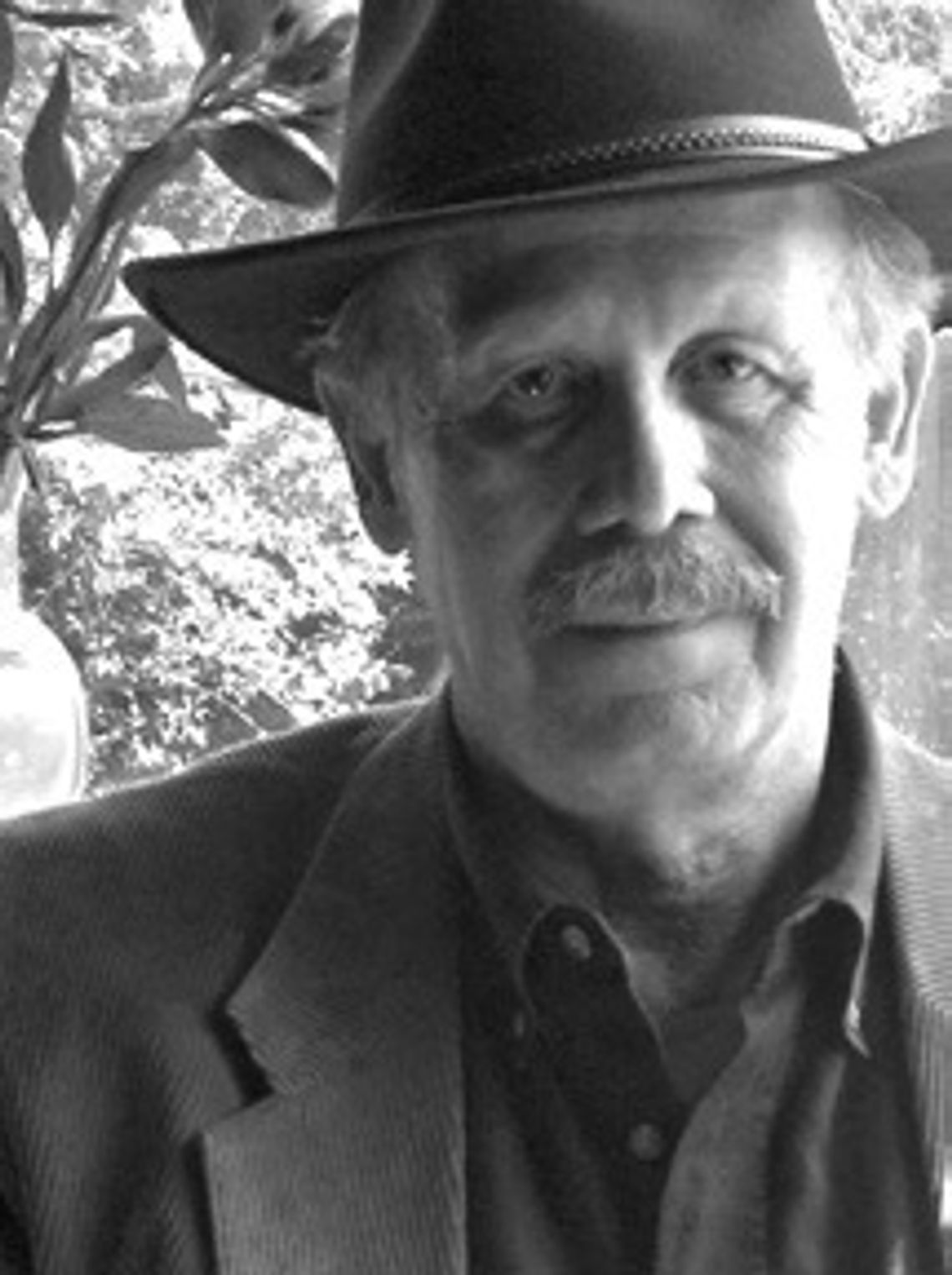In the wee hours of Mar. 9, 1916, peasant guerrillas cut a hole in the international fence 60 miles from El Paso and scurried toward Columbus, New Mexico. A desperate Pancho Villa had launched the first armed invasion of the United States since the War of 1812.
Careful not to bite the hand that fed him, Villa for years avoided alienating Americans in general and Texans in particular. Flattering press reports transformed the former bandit into the Robin Hood of the Rio Grande, hailed north of the border as the savior of the Mexican masses.
But the long honeymoon came to a sudden end in October 1915, when President Woodrow Wilson recognized Venustiano Carranza, Pancho’s latest rival, as the legitimate ruler of the chaotic country. In the naive belief he had the power to stop six years of bloodshed, Wilson halted the flow of American arms to the villistas.
Roaring out of his Chihuahua stronghold, Villa threw everything he had against Agua Prieta, the sister city of Douglas, Arizona. Expecting an easy victory, he was unaware Wilson had not only allowed Carranza to use an American railroad to reinforce the town but also had supplied his troops with modern automatic weapons. Of the 6,500 villistas that attacked Agua Prieta, less than a thousand survived.
Villa suffered far more than a military defeat. His peasant army was permanently crippled and his political future all but ruined. His last hope was to provoke the U.S. into intervention and somehow come out on top in the ensuing conflict.
The convenient target for the hit-and-run raid was Columbus, New Mexico, two and a half miles from the unguarded border. After overcoming the small cavalry post at Columbus, the guerrillas would leisurely loot the town and reduce it to ashes while murdering enough defenseless civilians to push Wilson over the edge.
Col. Slocum, commanding officer of the 13th Cavalry, was tipped off three days in advance that the villistas were camped on the southern side of the U.S.-Mexico line. Forty-eight hours later, the El Paso Times published the alarming report. Confident not even Villa would do such a crazy thing, the complacent colonel shrugged off the threat.
Slipping undetected across the boundary, 500 sombrero soldiers advanced in two columns toward sleeping Columbus. One group seized the train station, while the other set up machine guns on main street. At precisely 4:45 a.m., the shooting started.
The first to fall was an army sentry, followed moments later by the wife of the railroad pumper. By the time Columbus residents stumbled out of bed, the Mexicans were firing at anything that moved.
A telephone operator told an incredulous world that her hometown was under attack. Ducking ricochets, she stayed at her switchboard to give a play-by-play account of the battle.
Col. Slocum showed his true colors by hiding in a barn until the fighting was finished. Fortunately his officers were made of sterner stuff and bravely engaged the enemy with fewer than 50 men. Their counterattack was inadvertently aided by the Mexicans, who wasted ammunition on the military stables they mistook for troop barracks.
Surprised by the stiff resistance from the handful of gringos, Villa’s lieutenants sounded retreat. The invaders fell back toward the border but not before setting fire to every structure, including a hotel in which the proprietor and five guests burned alive.
Superior marksmanship paid off as soldiers and courageous volunteers killed at least 100 villistas. Although the raiders dragged away dozens of dead and wounded, they still left behind the lifeless bodies of 67 comrades. The American death toll was 16, seven civilian and nine military.
A cavalry patrol that happened to spot the giant gap in the international fence inflicted additional casualties, when the villistas tried to retrace their steps. But to the dismay of the townspeople, the soldiers refused to disobey a standing order to respect Mexican sovereignty by giving chase.
In the angry hours after the atrocity at Columbus, it looked like Pancho Villa would get his wish. Not since the 1898 sinking of the battleship Maine had the American people been so eager to go to war. Despite his deeply ingrained pacifism, Woodrow Wilson had no choice but to retaliate.
While waiting for the presidential go-ahead, Gen. “Black Jack” Pershing mobilized every Army unit in Texas for the impending manhunt. But before he gave Pershing the okay, Wilson asked permission to enter Mexico. Carranza obliged but imposed strict restrictions on the movement of the foreign force.
Wilson meekly accepted the ridiculous conditions, and the punitive expedition degenerated into an embarrassing debacle. With American blood on his hands, Pancho Villa succeeded in thumbing his nose at Uncle Sam.
Haile welcomes your comments and questions at [email protected] or P.O. Box 130011, Spring, TX 77393.
Pancho Villa’s surprise attack on border town
THIS WEEK IN TEXAS HISTORY
- 03/06/2024 09:00 PM











